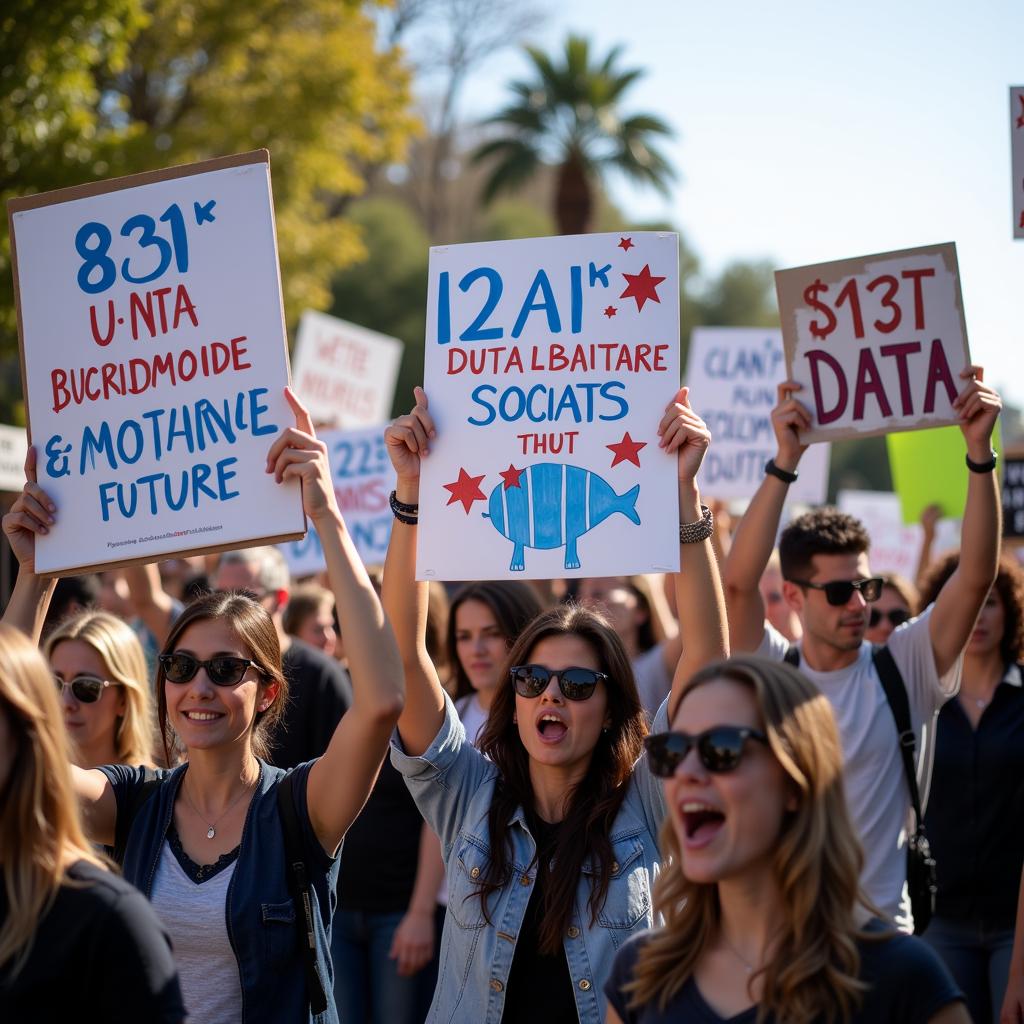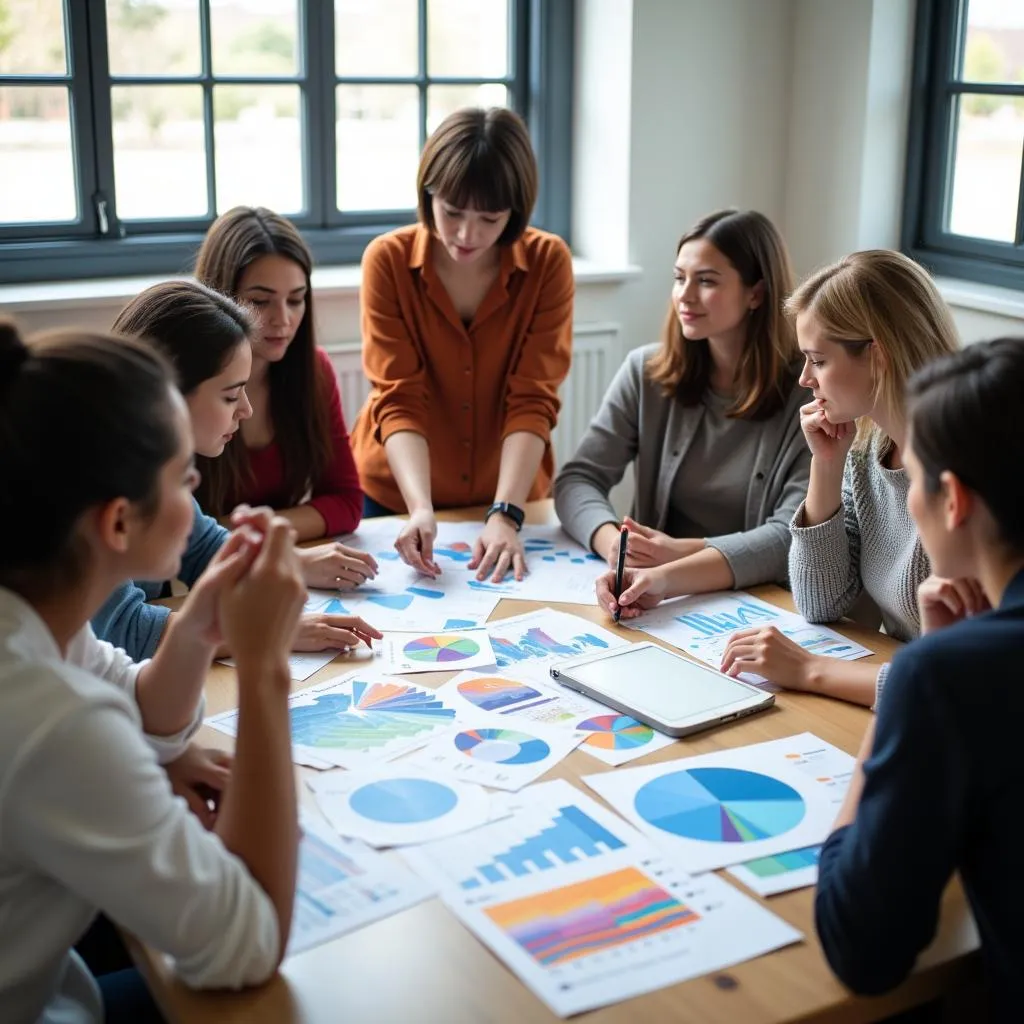Understanding the Complexities of a Diverse Society Through Social Statistics
Understanding the complexities of a diverse society requires more than just good intentions; it demands a firm grasp of social statistics. These statistical tools allow us to move beyond anecdotal evidence and gut feelings, providing a data-driven lens through which we can analyze social trends, disparities, and the lived experiences of diverse populations. By illuminating the social landscape with statistical insights, we can work towards a more equitable and just world.
Unpacking the “Essentials”: Why Social Statistics Matter
Imagine trying to navigate a new city without a map. You might eventually find your way, but it would likely involve a lot of wrong turns and wasted time. Social statistics serve as our map for understanding the social world. They provide the “essentials” for:
- Identifying inequalities: Social statistics help us pinpoint areas where different groups experience disparate outcomes, whether in education, healthcare, employment, or criminal justice. By quantifying these disparities, we can begin to understand their root causes and develop effective solutions.
- Shaping public policy: Data-driven insights are crucial for crafting effective and equitable public policies. From allocating resources to evaluating the impact of interventions, social statistics empower policymakers to make informed decisions that address the needs of all members of society.
- Promoting social change: By revealing hidden patterns and challenging assumptions, social statistics can be powerful tools for advocacy and social change. They provide the evidence needed to raise awareness, mobilize communities, and push for a more just and equitable society.
Key Concepts in Social Statistics for a Diverse Society
Navigating the world of social statistics requires familiarity with some key concepts:
- Demographics: This encompasses the characteristics of populations, such as age, gender, race, ethnicity, religion, sexual orientation, and disability status. Understanding demographic trends is vital for grasping the changing dynamics of diversity.
- Socioeconomic indicators: These measure factors like income, wealth, education, and occupation, providing insights into social and economic well-being and highlighting disparities across different groups.
- Social inequality: This refers to the unequal distribution of resources, opportunities, and power within a society. Social statistics help us measure and understand the various dimensions of inequality.
- Intersectionality: This crucial concept recognizes that individuals belong to multiple social groups and that these identities intersect to shape their experiences of privilege and oppression. Social statistics can help us analyze these complex intersections.
“
Using Social Statistics Responsibly
While social statistics are powerful tools, it’s critical to use them responsibly and ethically. Here are some key considerations:
- Data quality and bias: Always critically assess the source of your data and be aware of potential biases in data collection, analysis, and interpretation.
- Context matters: Statistical findings should always be interpreted within their historical, social, and political contexts. Avoid making generalizations or drawing conclusions without considering the broader picture.
- Privacy and confidentiality: When working with data about individuals, prioritize the protection of privacy and confidentiality. Anonymize data whenever possible and adhere to ethical guidelines for data handling and storage.
- Communicating findings clearly: Statistics can be complex, so it’s essential to present your findings in a clear, concise, and accessible way. Use data visualizations, storytelling, and plain language to make your insights engaging and understandable for a wider audience.
“
Building a More Inclusive Future with Data
By embracing the power of social statistics, we can move beyond assumptions and stereotypes to build a more inclusive and equitable future for all. When we understand the data, we can better understand each other, challenge injustice, and create a world where everyone has the opportunity to thrive.
FAQ
1. What are some reliable sources for finding social statistics?
Reputable sources include government agencies (e.g., the U.S. Census Bureau), international organizations (e.g., the United Nations), and academic research institutions.
2. How can I learn more about interpreting social statistics?
Many online resources and courses offer guidance on statistical literacy, data analysis, and data visualization.
3. What are some examples of how social statistics have been used to promote social change?
Social statistics have played crucial roles in movements for civil rights, gender equality, LGBTQ+ rights, and disability justice, providing evidence to challenge discrimination and advocate for policy changes.

Need Help?
Our team at the Society For Peace is here to support you on your journey towards understanding and promoting peace through data. Contact us at:
Phone: +44 20 4385 4663
Email: [email protected]
Address: Khu 34, Bac Giang, 260000, Viet Nam
We offer 24/7 customer support and a wealth of resources on our website to empower you with the knowledge and tools you need to make a difference. Let’s work together to create a more peaceful and just world, one data point at a time.
